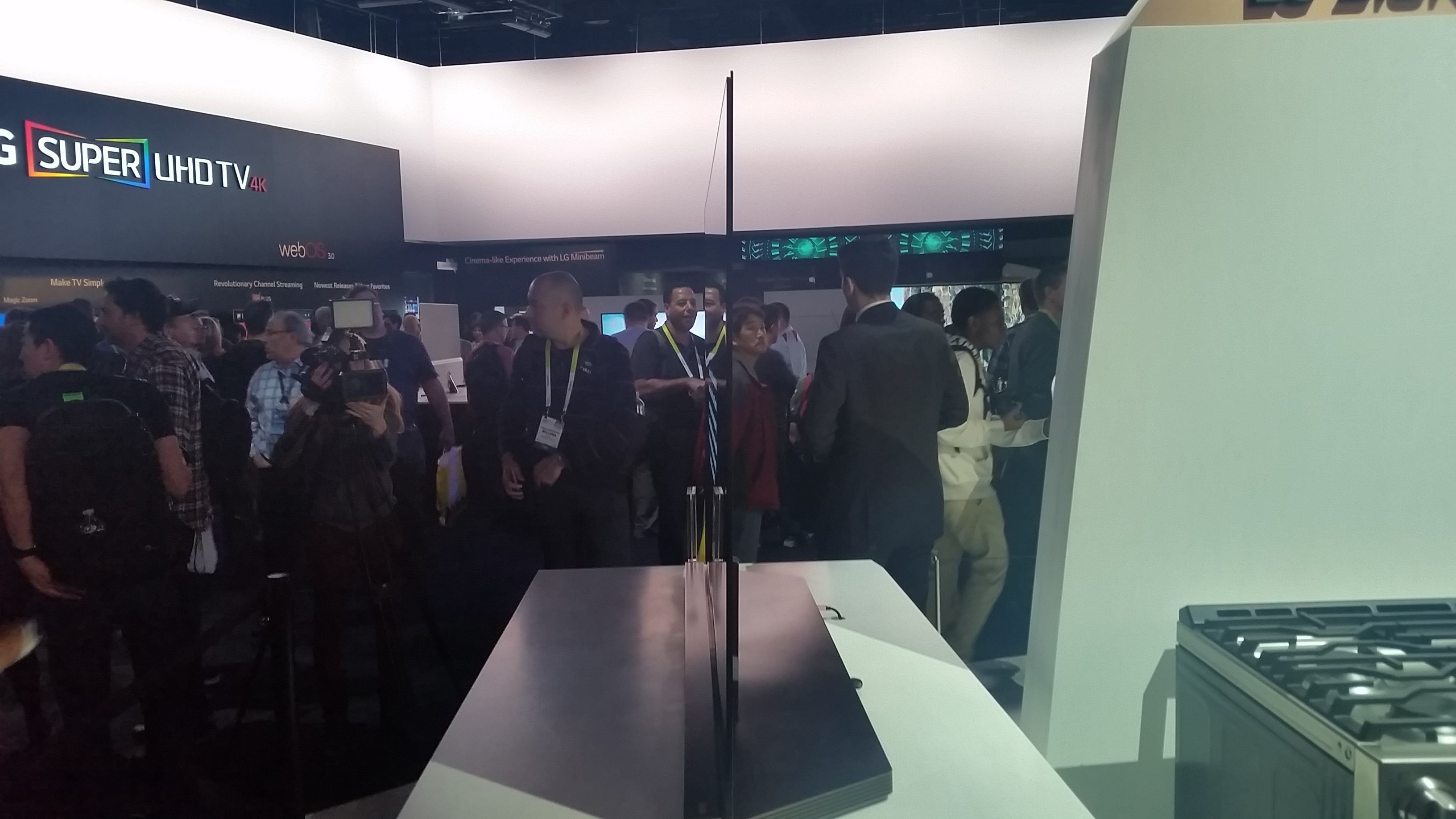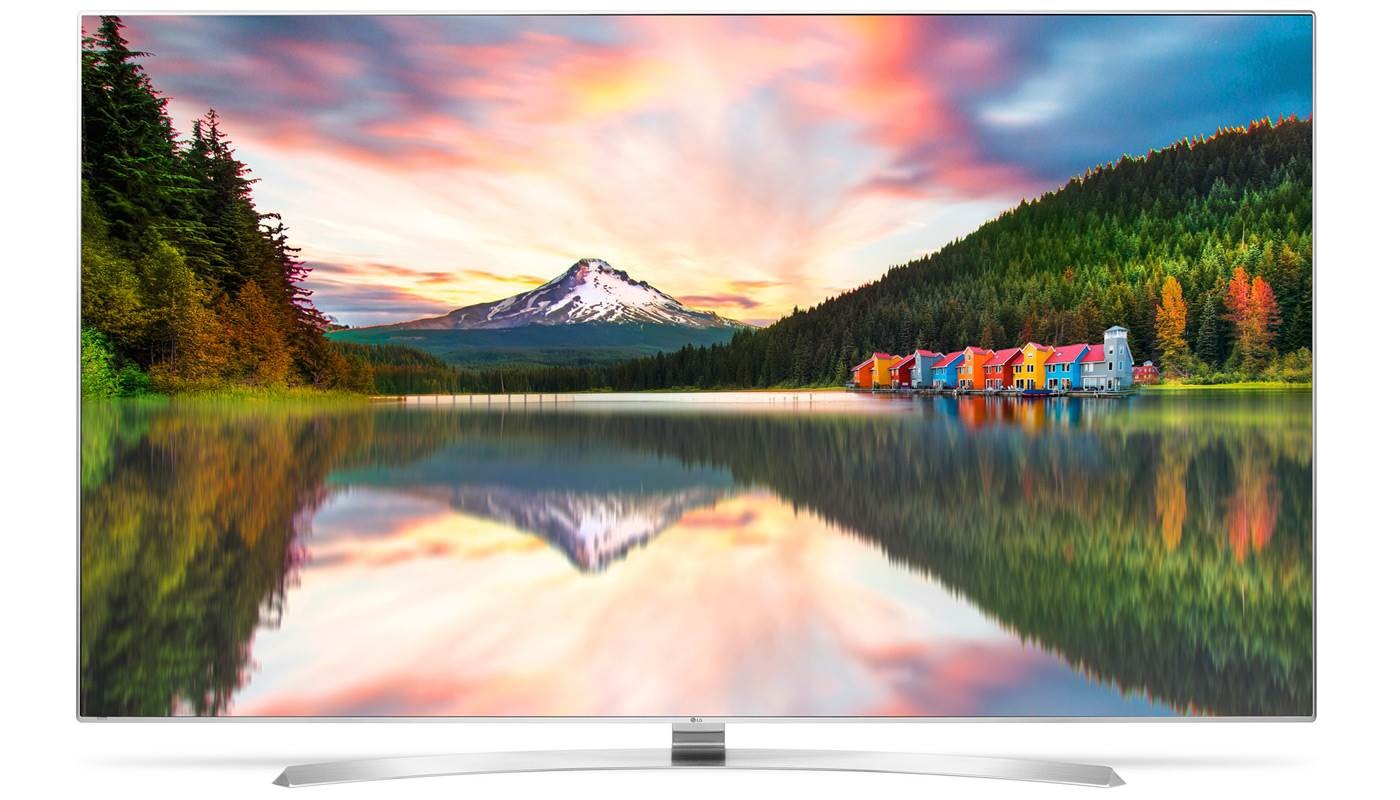
The Consumer Electronics Show is the premiere event where electronics manufacturers strut their stuff, showcasing the latest gadgets and gizmos that you’ll want to buy this year. CES 2016 was no exception as far as television panels were concerned, with the running theme being 4K Ultra HD resolution combined with the out-of-this-world vibrancy of high dynamic range (HDR).
We’ve seen both of these elements rear their heads in previous events, but 2016 looks to be the first year where the technologies have matured and disseminated into affordable consumer products made from higher quality components like OLED and Quantum Dot panels. For enthusiasts who’ve held off on upgrading to 4K, 2016 is the year to consider doing so. I won’t say that it’s the definite time to do so, as 4K content is still in its infancy—only now are we beginning to see High-def blueray players and 4K content streams—and 8K resolution is right around the corner, ready to further drive down the cost of 4K in 2017.
Nearly every television manufacturer present had its own 8K (7680 x 4320 resolution) television on display, hinting at the good things to come in 2017. But without further ado, here are best television panels from CES 2016:
LG Signature G6 and E6 OLED
As thin as four stacked credit cards, LG’s G6 and E6 OLED panels belong to a new category of “premium” products called the LG Signature. The televisions are both OLED (organic light-emitting diode) screens that illuminate each pixel individually by passing electric current through a carbon-based film, thereby eliminating the need for a separate backlight. This results in stunningly vibrant colors with deep shades of black, unlike anything to do. Factor in the newly bestowed HDR-capabilities, and you have a color representation as close to real-life as it gets.

Both units include a detachable sound bar that can be move from the base to the rear of the display, allowing them to be hung on the wall. Pricing was not announced.
LG 8K UH9800
The LG 8K UH9800 is the world’s first 8K HDR, with a beastly diagonal length of 98-inches. It uses an LCD LED screen made from an IPS panel—sorry, we haven’t seen any 8K OLED yet—but delivers respectable color representation and true blacks thanks to 240 discrete blocks of LED backlighting. Despite UH9800 not being an OLED, I was still impressed with the colorful notes it delivered.

Sony XD93
Of the new models making up Sony’s 2016 4K television line-up, the XD93 line stands apart as the only one to incorporate full HDR support. The units are available in 55-inch and 65-inch screen lengths, and run off the Android TV software—another exclusive factor to the XD93. While the device is not OLED, it delivers a vibrant color scheme nonetheless using a proprietary technology that Sony calls the “Slim Backlight Drive” to light and dim specific sections of the back panel with relation to what’s on the screen.

Samsung KS9500 SUHD
The KS9500 SUHD is the highest-end television that Samsung revealed at CES 2016, an 88-inch 4K HDR-enabled LCD panel that opts to go the quantum dot route in place of LG’s OLED approach. Unlike OLEDs, quantum dot panels cannot hit the same level of true black—that velvety decadent deep black shade—but for what it lacks in dark shades, quantum dots technology makes up by having a wider color gamut.
Last year, Samsung’s top-of-the-line SUHD TVs fell far beyond LG’s OLED counterpart in nearly every aspect, but this time around, Samsung redesigned its nanocrystals to exhibit 1,000 nits of peak light output—almost double that of LEG’s OLED panels. This results in a stunning color display, all the more enhanced by the KS9500’s HDR-compatibility.

Hisense 43H7C
While the name “Hisense” may not immediately ring a bell, the company is the world’s third largest supplier of high-definition panels and features its own line-up of 4K televisions aimed at budget-conscious consumers looking for a middle ground between cost and quality.
The company revealed a number of models at CES 2016, beginning with an entry-level 43-inch 4K HDR-enabled displayed priced at $399, as well as 50, 55, and 65-inch model price retailing for $1,299.
Advertisement
Learn more about Electronic Products Magazine





